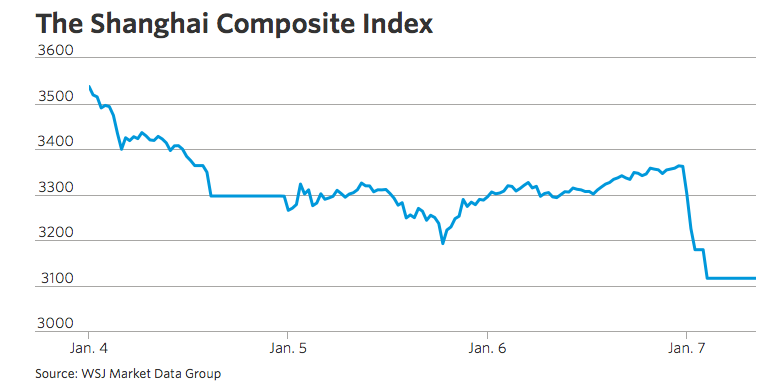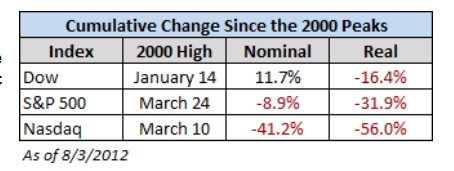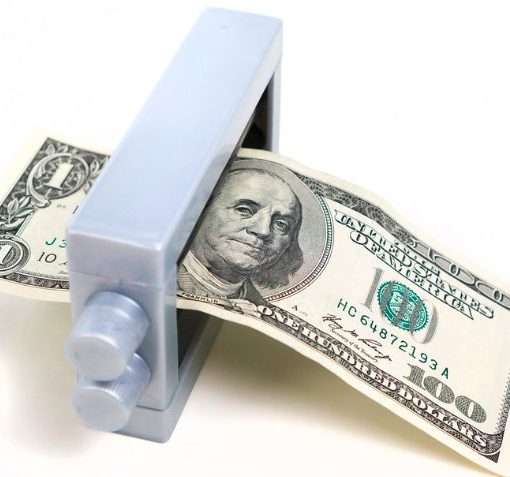Chinese financial authorities probably wish they could hit the reset button on 2016.
Chinese stock markets have had to close early twice after 7% declines in share prices triggered circuit breakers that halted trading in stocks and futures.
It all echoes last summer’s stock market tailspin in China that vaporized $5 trillion in value and unnerved investors worldwide.

Ugly Losses
Panic selling has driven down the Shanghai Stock Exchange Composite Index 12% as of January 7. The benchmark index in the smaller Shenzhen market is down 15%.

The Chinese sell-off has unnerved investors in the US and Europe as well.
Here’s the Dragon Tail risk facing investors the world over.
Clout: China now accounts for about 15 percent of global gross domestic product.
Commodities: China buys about an eighth of the world’s oil, 25% of its gold, and nearly 50% all the major base metals. A slowing China is bad for the entire sector.
Asia: Trouble for China is trouble for China’s trading partners in Asia. Markets are in negative territory in Japan (5.78%), Taiwan (9.4%) and Korea (3%) as of January 7.
Yuan: The Chinese currency is trading at five-year lows, which could unleash more Chinese exports into a sluggish global economy.
Takeaway
If you think the market gyrations in China in early 2016 don’t matter all that much, think again.
The China slowdown and its impact on the global economy will be a huge issue this year.
Such is the interconnected global economy we all invest in.
Photo Credit: Wilson Hui via Flickr Creative Commons



